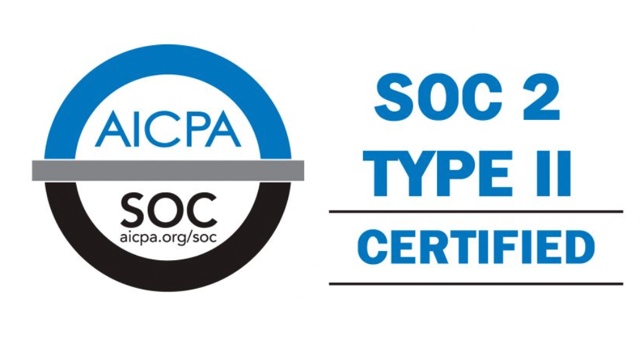
From 100 to 1 million Transfers: Scaling MFT for Enterprise Growth
From 100 to 1 million Transfers: Scaling MFT for Enterprise Growth Ever wondered what happens when your daily file transfers multiply by
The recent Kaseya ransomware attack is yet another reminder of the voracity of the war cybercriminals are waging on the business world. In 2020, scan-and-exploit became the top initial attack vector for surveyed organizations, surpassing phishing, according to the 2021 IBM X-Force Threat Intelligence Index. The report goes on to note that manufacturing was the second-most attacked industry in 2020 for respondents, up from eighth place the year prior, and second only to financial services.
The newest trend on this list is blurring backgrounds with a gradient colour overlay applied on top of it. It started gaining momentum among UI/UX designers about a year ago and has been growing ever since then. We’ll see more of it very soon! Many websites already use different variants of it – mostly for their hero images – and we expect more to follow after receiving positive feedback from customers and coworkers alike.
This is another trend that we’ve already seen in many high-profile mobile applications such as the Prisma photo app, Uber, and Lyft. It’s about adding subtle touches of color patterns or gradients to backgrounds without overwhelming users with too much visual noise to prevent them from using your application.
Browse Categories
Share Blog Post
Source: IBM
Jim Luneke

From 100 to 1 million Transfers: Scaling MFT for Enterprise Growth Ever wondered what happens when your daily file transfers multiply by

In today’s fast-paced world of data analytics and AI, optimizing your data infrastructure is key to unlocking valuable insights and driving innovation.

In today’s fast-paced world of data analytics and AI, optimizing your data infrastructure is key to unlocking valuable insights and driving innovation.
We are a forward-thinking technology services provider dedicated to driving innovation and transformation across industries.


| Cookie | Duration | Description |
|---|---|---|
| cookielawinfo-checkbox-analytics | 11 months | This cookie is set by GDPR Cookie Consent plugin. The cookie is used to store the user consent for the cookies in the category "Analytics". |
| cookielawinfo-checkbox-functional | 11 months | The cookie is set by GDPR cookie consent to record the user consent for the cookies in the category "Functional". |
| cookielawinfo-checkbox-necessary | 11 months | This cookie is set by GDPR Cookie Consent plugin. The cookies is used to store the user consent for the cookies in the category "Necessary". |
| cookielawinfo-checkbox-others | 11 months | This cookie is set by GDPR Cookie Consent plugin. The cookie is used to store the user consent for the cookies in the category "Other. |
| cookielawinfo-checkbox-performance | 11 months | This cookie is set by GDPR Cookie Consent plugin. The cookie is used to store the user consent for the cookies in the category "Performance". |
| viewed_cookie_policy | 11 months | The cookie is set by the GDPR Cookie Consent plugin and is used to store whether or not user has consented to the use of cookies. It does not store any personal data. |
Thank you for submitting your details.
For more information, Download the PDF.
Thank you for registering for the conference ! Our team will confirm your registration shortly.
Invite and share the event with your colleagues
IBM Partner Engagement Manager Standard is the right solution
addressing the following business challenges
IBM Partner Engagement Manager Standard is the right solution
addressing the following business challenges
IBM Partner Engagement Manager Standard is the right solution
addressing the following business challenges